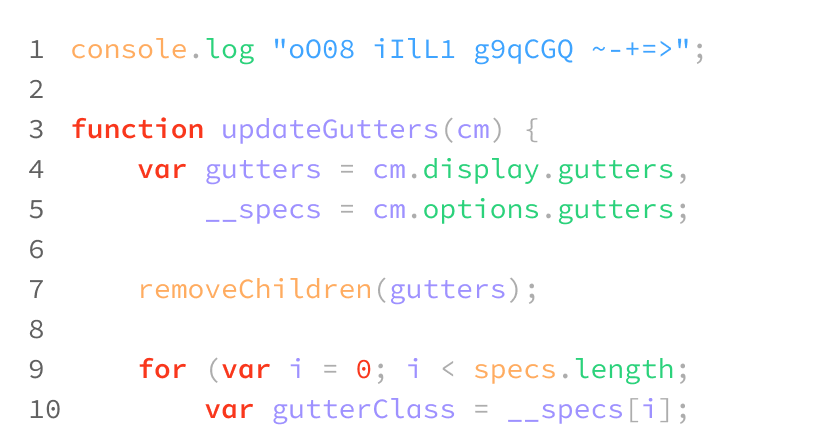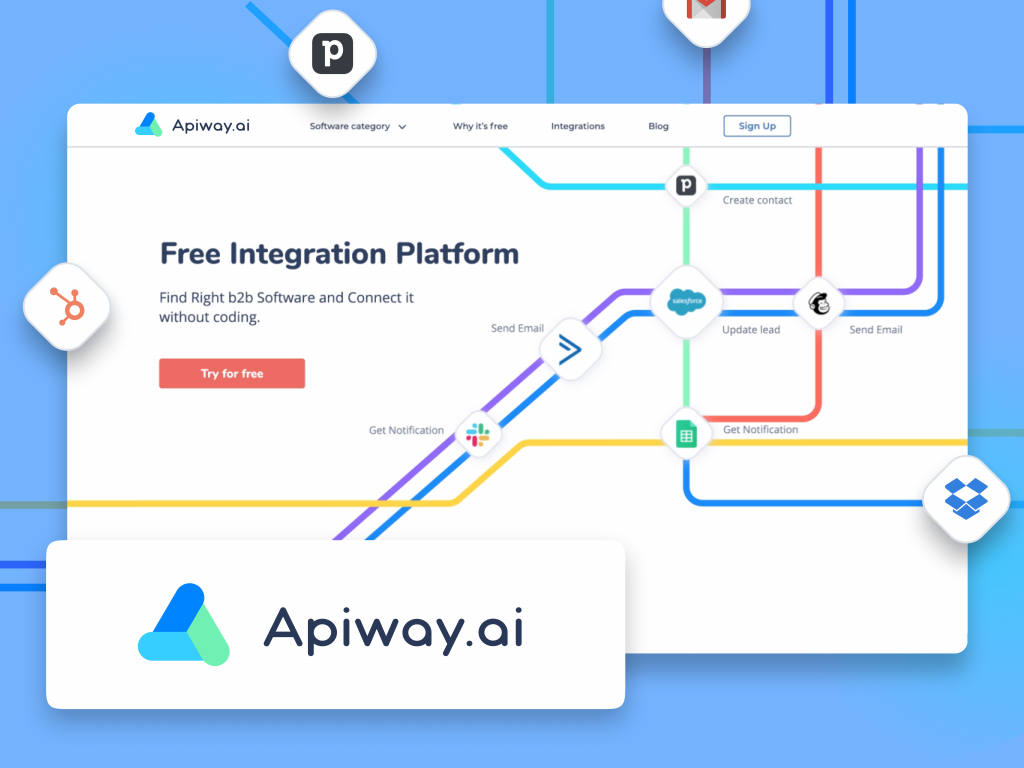IT Outstaffing Company
In recent years, it outstaffing has become a highly sought-after service. This trend is driven by challenging economic conditions that necessitate cost reductions. Thus, outstaffing companies around the world see the potential here, and the market of outstaffing services is only getting bigger. The benefits of it outstaffing include tax savings and alleviating the need for additional accounting tasks, because all of these aspects are the duty of a chosen outstaffing company.
Simply put, it outstaffing is a remote hiring strategy where IT specialists are provided to a client by a third-party contractor i.e. outstaffing companies. Instead of searching for suitable employees in the job market, the client gains access to the necessary skills from the outstaffing agency to accomplish specific tasks. Here, we speak about almost all kinds of outstaffing services: development, testing, BA, DevOps, design and more.
Recently, besides traditional it outstaffing, the IT sector has seen the rise of a time & material outsourcing model, where clients pay for services based on actual hours worked and materials used. This approach is also referred to as it outstaffing.
How IT outstaffing works:
- The client approaches the outstaffing company with specific requirements for it outstaffing services. They describe what kind of specialists, experience and technical skills they need.
- The outstaffing company processes the request, interviews suitable specialists from its internal pool, and provides the client with resumes of potential candidates providing it outstaffing services.
- The client reviews the resumes and selects candidates for further interviews.
- Interviews and technical assessments are conducted to verify skills and project compatibility.
- Upon successful interviews, the it outstaffing company and client sign an agreement detailing the terms of collaboration and the hourly rates for the required it outstaffing services.
- Necessary access is granted to the contractor’s employee, who then begins working on the project.

What outstaffing means for businesses:
- Reducing administrative risks and costs. The client only needs to onboard the employee to the project, while the outstaffing company handles all other tasks: HR management, payroll, sick leave, bonuses, taxes, and more. This frees up time for HR and accounting departments.
- Expanding staff without official employment. This model allows for the legal engagement of specialists without inflating the company’s staff size. During crises, it helps balance skills within the company and, if necessary, discontinue outstaffing while retaining permanent employees.
- Attracting employees with the necessary skills. Typically, an it outstaffing company offers specialists who already possess the experience and knowledge required for business tasks.
Difference between outstaffing and outsourcing:
Both concepts relate to external development and are often confused. We highlighted their differences based on two key factors:
- Purpose of hiring. The goal of outstaffing is to supplement a team with external specialists possessing specific expertise to work under internal management. Outsourcing aims to hire a contractor for the creation, development, or support of an IT project.
- Project team management. In outstaffing, the client fully controls the development process, interviews developers, and is responsible for the final result. With outsourcing, the development team is entirely external and managed by the contractor, which employs team leads and project managers.
When do businesses use IT outstaffing?
Businesses use IT outstaffing when they lack specialists with necessary skills, such as a rare developer for urgent tasks. Finding and hiring can be time-consuming and costly, especially for short-term projects where further termination costs are involved. Outstaffing offers a quick way to find the right specialist, complete tasks, and end cooperation without additional expenses.

Other scenarios for considering IT outstaffing services:
- A needed developer is unavailable for an indefinite period due to illness, and the company must promptly complete tasks or launch a project. Outstaffing companies can cover this necessity.
- The organization lacks sufficient staff to launch a project on time.
- The client seeks to reduce costs for a short-term project. Engaging specialists provided by an outstaffing company avoids paying insurance contributions and severance packages upon termination., because outstaffing companies usually cover all these aspects themselves.
- Non-urgent tasks have accumulated, requiring key in-house specialists, engaged in significant projects, to be freed up.
- Hiring a foreign specialist is necessary, but there’s insufficient time for document preparation and employment processes.
- Experienced developers are sometimes outstaffed to share expertise with the team, addressing both current tasks and enhancing the skills of permanent employees.
Advantages of IT outstaffing:
It emerged in response to market demand for various outstaffing services. When companies face talent shortages and time constraints, it’s the best way to quickly meet needs and adhere to deadlines. Key advantages of it outstaffing include:
- Urgency: Fast hiring without multi-stage interviews and paperwork.
- Scalability: Ability to expand/reduce the team as needed.
- Flexibility: The option to replace the hired individual.
- Experience: Access to employees with relevant experience in technologies and fields.
- Expanding the IT department allows for quicker responses to business tasks and staying ahead of competitors through innovation.
Ein-des-ein outstaffing agency is ready to identify and integrate the needed employee into a project in less than two weeks. It’s not necessary to hire someone for full-time work. Our outstaffing company offers employees of various grades, from middle+ to senior, with relevant experience. Besides developers, our outstaffing company provides DevOps and QA engineers, managers, analysts and technical writers. Our clients gain access to the consulting and expertise of all our employees, not just the specific outstaffed programmer.
It outstaffing programmers provide access to a broader applicant pool, as companies often don’t limit themselves to one region or country. EDE outstaffing company has been present on the market for 10 years, possessing unique experience in web and mobile development. Our outstaffing agency has established effective remote processes and now help others achieve the same.
The benefits of it outstaffing for businesses are clear. But what about the programmers? Working with multiple clients allows them to improve within an interesting field, such as cloud systems or analytics. They can see firsthand how a single technology applies across different projects and sectors. Plus, EDE it outstaffing company always considers the employee’s input when offering them a project.

Nuances of IT Outstaffing
Time Zone Differences
For instance, if a company in New York hires an employee from Vienna, urgent meetings can become inconvenient. Thus, when setting requirements for a specialist with the chosen it outstaffing company, a client can specify the necessary time zone in advance or agree on rules like providing responses within two days and completing tasks at designated times.
Intellectual Property
A client might worry about data breaches if a remote employee handles confidential information, which is a legitimate concern. While this might deter some from staff outstaffing, introducing NDAs, regulating company email, communications, and other information helps protect intellectual property and work results.
Management
There’s a belief that it outstaffing requires no client management. However, without clear guidance and onboarding, an outstaffed employee’s work might not go as planned, similar to in-house staff. Therefore, ensuring the IT specialist’s adaptation is crucial—explaining tasks, processes, and assisting their integration into the company.
Choosing a Reliable Outstaffing Company
The market has numerous agencies offering it outstaffing services. If you aim to engage external specialists, focus on the provider supplying the staff—review client feedback, consult with external specialists, and make your decision thereafter.
Conclusion
IT outstaffing is an effective tool for businesses, significantly simplifying the development process of IT projects and helping companies focus on their core tasks. However, it’s crucial to remember that the success of it outstaffing depends on choosing a reliable and responsible outstaffing company. Ein-des-ein it outstaffing company offers high-quality it outstaffing services. We pride ourselves on our reputation as a reliable it outstaffing services provider and always strive to exceed our clients’ expectations.
From zero to workable MVP in two weeks
Get a two-week go-to-market sprint session, after which you will receive your MVP that you can use right away.























































